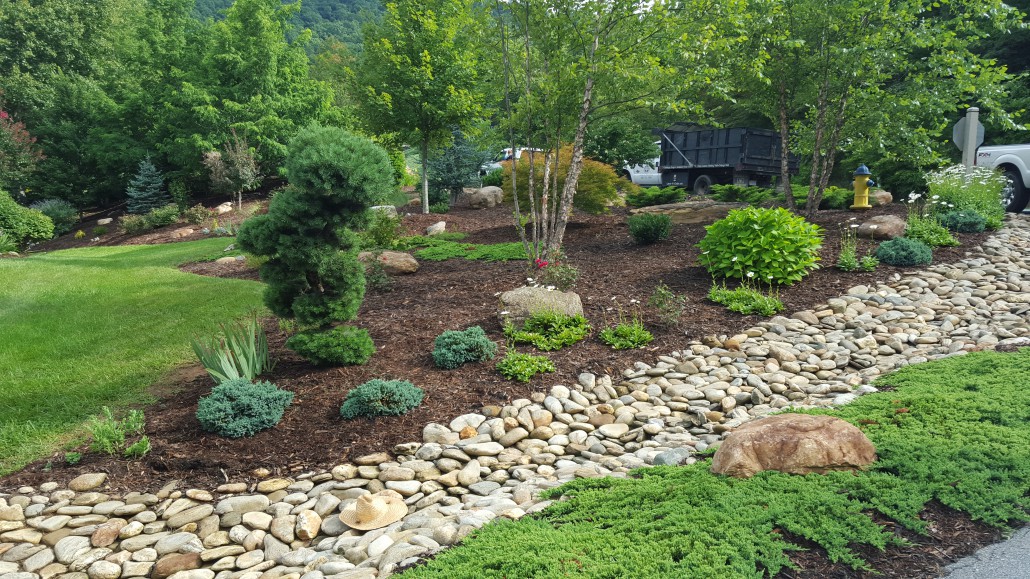How to Prevent Erosion in Our Property?
If our house is located at the bank of the river or lake, it is important to maintain and protect the integrity of our property. Nearby water body can be particularly damaging for our property. Algae growth and sedimentation can be controlled, but erosion is a more difficult thing to handle. Appropriate landscaping should help us improve the condition of our property. An important thing to do is evaluate our condition and determine where the water flows during bad weather, ice melt and heavy rains. This will allows us to determine possible erosions in the coming years. We could use this information to create a plan to combat erosion.
In order to limit erosion, we should determine a no-mow zone and it could be about 40 feet from the shoreline. By stop mowing, we could allow bushes and wild plants to grow naturally. More importantly, we could plan native plants. This will provide a habitat for birds and other local animals. We could also create dry creek bed to intercept, filter and direct water during heavy rain. Dry creek beds are particularly useful when we have insufficient slopes. Washing on slopes can be minimized and we can create unique landscape features. Shribs, deciduous trees and evergreen plants are able to intercept rain water.
In general, we should plant plants strategically to reduce water velocity. In this case, rainwater can be prevented from reaching the ground. Native shrubs and trees should be preserved and augmented with extra planting. Mulch is also useful when we want to minimize erosion. We could install rock mulch beyond the dripline to reduce erosion. We could also use rain gardens to soak up any rainwater, usually from impervious surfaces, driveways and building roofs. Rain gardens can collect water during heavy rain and it can be absorbed by the ground, instead of to the storm drain and eventually to the river or lake.
In patios and other recreational areas, we should use non-impervious materials. Runoff and rainwater should be able go through small cracks and directed to the ground. It should be noted that landscape remodelling could cause damages along our shorelines. In this case, we should check local codes for proper shoreline development methods. In this case, we should get proper permit before we start our construction and landscaping projects. Adding silt fence along our shoreline should help us prevent erosion. Another way is to put straw waddles or logs at intervals on the shoreline to slow down the erosion process. We can remove them when we start a more permanent solution.
If we want to plant shrubs and trees on the shoreline, we could use curlex erosion control blankets. They are able to hold seedlings, while reducing erosion and runoff. We should plant them during dry season and when the water line on the river and lake is normally slow. This will allow plants to germinate and grow large enough before the rainy season. We may also add small amount of fertilizer to speed up the growth.















